5 National Parks in Asia that You Can’t Miss
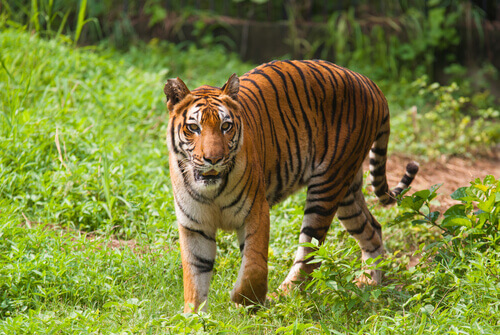
The Asian ecosystem is quite varied. Across the continent, we can find jungles, beaches, deserts and mountains, even snowy regions in the north! In the following article, we’ll bring you five national parks in Asia that you can’t miss. If you want to learn about the biodiversity of this continent, keep reading.
Which national parks in Asia you can’t miss?
Throughout the continent there are almost 1,000 protected areas and reserves with national park status. The countries with the largest number of national parks are China, India, and Thailand. Among the national parks in Asia, we can highlight:
1. Sundarbans National Park (India)
Located in the state of West Bengal, the Sundarbans National Park – photo at the beginning of this article – was founded in 1987, and covers an area of more than 133,000 ha (514 sq mi). The main water supply is the Ganges River and the typical ecosystem is the dense mangrove forest.
In terms of fauna, this national park is home to the saltwater crocodile and the Bengal tiger. We can also find macaques, fruit bats, river dolphins, gulls, turtledoves, sawfish, hawksbill turtles, king cobras and Burmese pythons.
2. Great Himalayan National Park (India)
This is one of the newest national parks in India, founded in 2014. It’s located in the north of the country, specifically in the state of Himachal Pradesh, and its altitude ranges between 1,500 and 6,000 m (4900 to 19700 ft). The best time to visit is between September and November, when wildlife temporarily migrates to lower latitudes.
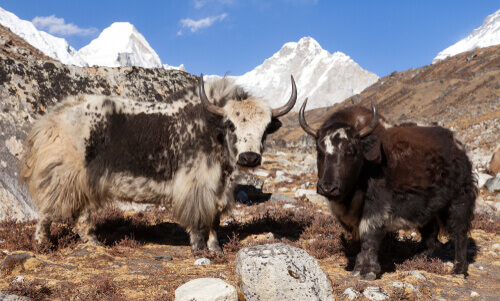
Even if life here is quite difficult due to climatic conditions, this reserve is home to 375 animal species, including the snow leopard, musk deer, Himalayan brown bear, blue sheep, serow, wolf, Himalayan goral and rhesus monkey.
3. Khao Sok National Park (Thailand)
Another of Asia’s must-see national parks is located in Surat Thani province, and covers an area of 740 km² (286 sq mi). Khao Sok National Park is home to Cheow Lan Lake and a limestone mountain range. The tropical forest is the main ecosystem of this reserve.
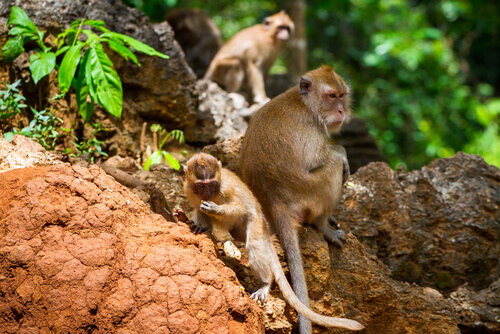
Bamboo is the main tree growing in Khao Sok, as well as lianas. Both provide home and food for many of the animal species living in the region, including the Malayan tapir, Asian elephant, tiger, sambar deer, gaur, squirrel, mouse deer, white gibbon, pig-tailed macaque, and langur.
4. Tunkinsky National Park (Russia)
Also known as Tunka National Park, this reserve is located in south-central Siberia, specifically in a mountainous region covered by valleys and lakes, at a distance of 200 km (125 mi) from the city of Irkutsk. The ecosystem includes meadows, glaciers, waterfalls, and even hot springs.
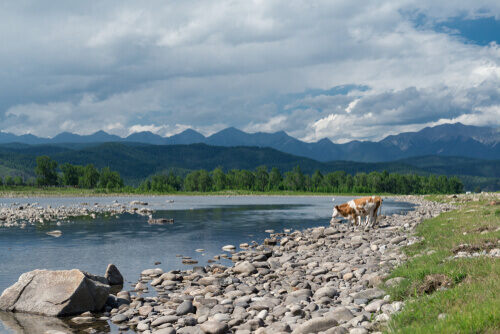
As for typical fauna, Tunkinsky is the habitat of the snow leopard (in danger of extinction), Asian wild dogs, Siberian roe deer, elk, wolverines, steppe polecats and fish such as carp and grayling.
5. National parks in Asia you can’t miss: Jiuzhaigou National Park (China)
Divided by three valleys (Rize, Zechawa, and Shuzheng), the last of Asia’s national parks on this list is located in northern Sichuan province and was founded in 1992. Among mountains, plateaus, waterfalls, lakes, and snow-capped peaks, this protected area has an elevation starting at 2,000 m (6500 ft) and reaching 4,500 m (14800 ft).
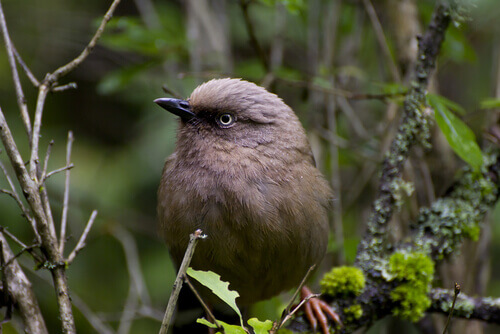
Moreover, this natural reserve has an area of 720 km² (278 sq mi). The climate is subtropical with temperatures that can reach -4°C (25°F) in winter and 17°C (63°F) in summer. Jiuzhaigou Park is home to the giant panda and the golden snub-nosed monkey, both in danger of extinction with dwindling populations. It’s also home to some 140 bird species.